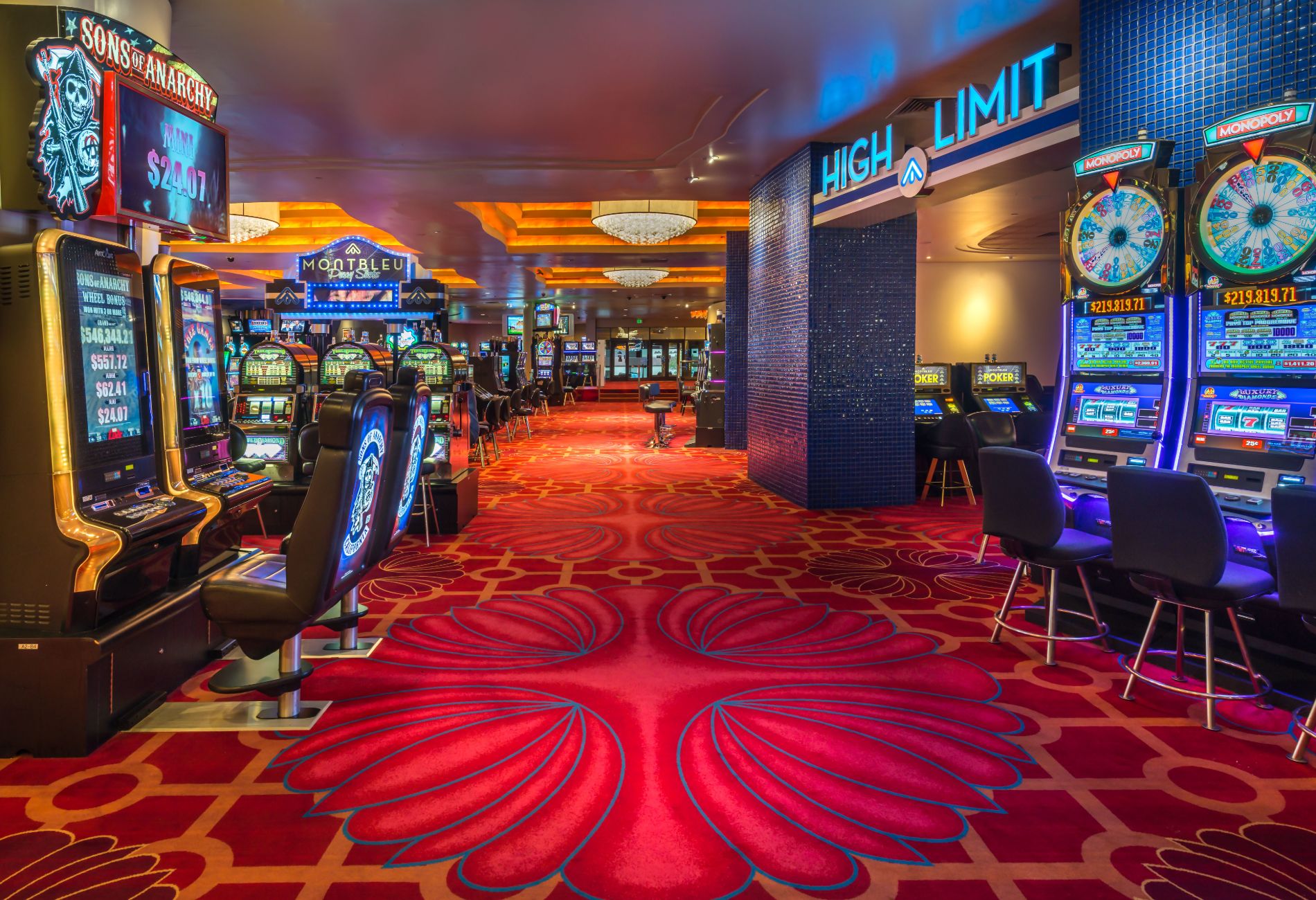
Gambling games have long captivated the human imagination, drawing gamblers into a world filled with luck, planning, and the allure of excitement. Each experience is meticulously crafted not just for enjoyment, but also to evoke targeted emotional responses that keep participants engaged and interested. Understanding the drives behind these designs reveals much about how human psychology plays a key role in the gaming experience.
From the bright lights and lively sounds to the complex layering of guidelines and payoffs, casino games are designed to create an atmosphere of excitement and expectation. Game designers leverage behavioral strategies to influence gambler behavior, whether through the use of jackpots, near-miss scenarios, or social interactivity. By examining these aspects, we can better appreciate how casino games fulfill not just a desire for entertainment, but underlying psychological needs for thrill and hazard. non GamStop betting sites
Grasping Player Behavior
Casino games are designed with a deep understanding of player psyche, which is essential for drawing in and holding players. The excitement of the game, alongside the hope of winning, produces a strong draw. Game designers utilize elements like audio cues, colorful graphics, and engaging gameplay to seize attention and evoke emotional responses. These sensory elements enhance the overall experience, making players feel more attached in the game.
Another important aspect of player behavior is the notion of risk/reward dynamics. Casino games often manage risky situations with the potential for considerable rewards, which can result in the event known as near-miss phenomenon. When players come close to winning, the brain secretes dopamine, reinforcing their behavior and motivating them to persist playing in quest of that hard-to-reach win. This cycle of hope and disappointment plays a crucial role in how games are constructed and advertised.
Lastly, community aspects also play a central role in player behavior at casinos. Many games are designed to be played in pairs or with other players, nurturing a sense of togetherness and communal experience. The social interaction inherent in games like poker enhances enjoyment and can lead to prolonged gaming periods. Designers capitalize on this by crafting environments that invite players to remain, socialize, and revisit, making the overall casino experience more attractive.
The Role of Visuals and Sound
Imagery and audio play a vital role in improving the player’s experience within gambling games. Designers utilize bright colors, eye-catching graphics, and engaging animations to attract players’ attention and hold their interest. The use of motifs, such as exploration or luxury, helps create an engaging atmosphere that takes players into another world. By appealing to the senses, these elements contribute to a heightened emotional response, prompting players to engage more deeply with the games.
Audio design is just as important in enhancing the experience of casino games. The combination of background music, audio effects for winning combinations, and environmental noises creates an auditory landscape that holds players enthralled. Sounds associated with wins, such as ringing bells or celebratory music, evoke feelings of thrill and reward, encouraging players to keep playing. These sound cues are strategically placed to amplify the excitement of the game and create a more immersive experience.
Moreover, the alignment of imagery and audio is important for reinforcing the game’s overall concept and mood. Each element should align harmoniously to create a cohesive experience that draws players in. The effective use of this integration not only improves user enjoyment but also increases the chances of repeat play, as players become more invested in the captivating world that the casino games offer. This thoughtful combination of visuals and audio ultimately enhances player involvement and loyalty.
Reward Structures and Engagement
The design of gambling experiences greatly relies on incentive systems to keep participants engaged and returning for more. These structures are based in psychological theories that exploit human behavior and motivation. Players are often motivated by the excitement of success, which is reinforced by immediate feedback through the game structure’s design. This instant gratification not only improves the gaming experience but also cultivates a feeling of achievement, encouraging players to keep playing in hopes of bigger gains.
Gaming establishments adopt various incentive systems, such as large payouts, bonuses, and increased rewards, to engage players. These features create a level of thrill that maintains engagement. Additionally, the unpredictability of results plays a crucial role in sustaining attention. The intermittent reinforcement schedule, where successes are unpredictable but happen often enough, maintains players on edge and motivated to continue participating. This loop of anticipation and anticipation is foundational to the effectiveness of gambling experiences.
In addition, social elements, such as competitive events and multiplayer features, boost the engagement factor by leveraging the competitive nature of participants. The shared experience of gaming with others can intensify the excitement of success and create a community atmosphere within the casino. By integrating these community elements with effective reward systems, casino games not only offer entertainment but also nurture a stronger bond among participants, reinforcing their commitment to the overall experience.

